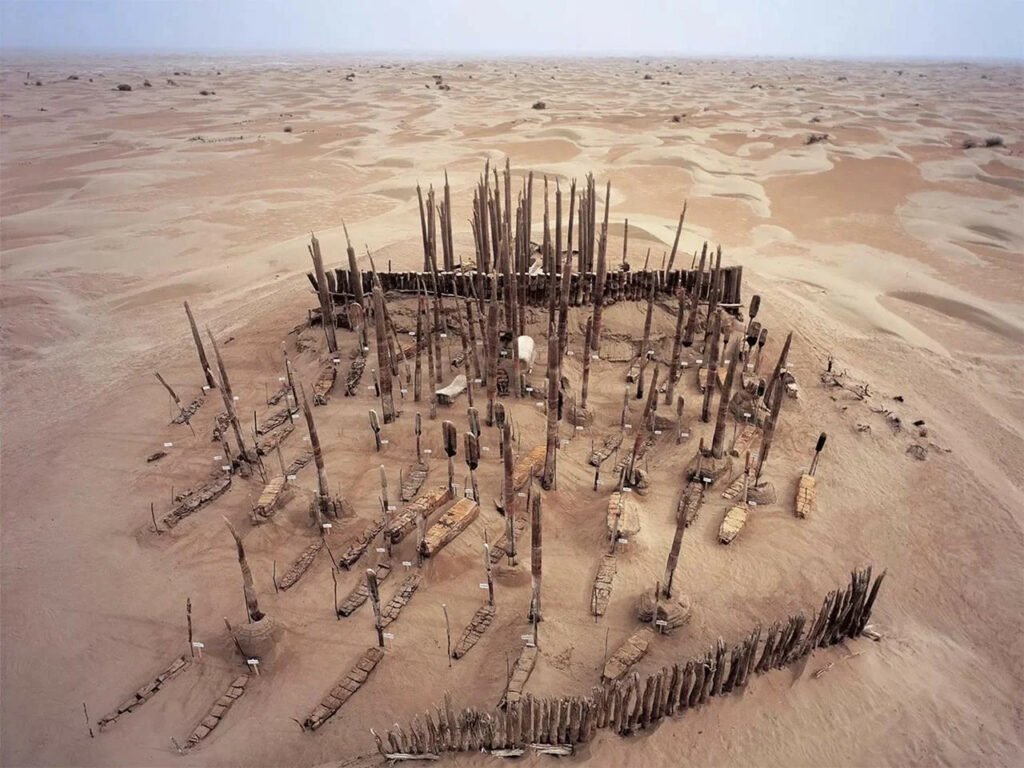A groundbreaking study recently published in the Nature journal has shed new light on the perplexing origins of the ancient mummies discovered in China’s Xinjiang Uyghur Autonomous Region. The research challenges previous hypotheses and reveals unexpected findings about the genetic ancestry and cultural practices of these Bronze Age individuals.

The Oldest Human Remains in the Region
The study closely examined the oldest human remains found in the Tarim Basin, dating back between 4,800 and 5,000 years ago. Genetic data from individuals in the Dzungarian Basin (circa 3000–2800 BCE) and the Tarim Basin (circa 2100–1700 BCE) were analyzed, representing North and South Xinjiang, respectively.

Surprising Genetic Findings
Contrary to earlier theories suggesting distant origins, the study uncovered that the Early Bronze Age Dzungarian individuals primarily exhibited Afanasievo ancestry with local contributions. Remarkably, the Early–Middle Bronze Age Tarim individuals showed solely local ancestry, challenging previous assumptions about their origins.
Evidence of Dairy Pastoralism
The Tarim mummies, particularly those from the Xiaohe site, provided strong evidence of milk proteins in their dental calculus. This finding indicates a reliance on dairy pastoralism since the site’s inception, shedding new light on their cultural practices and adaptations to the local environment.
Challenging Previous Theories

The study’s results challenge earlier speculations about the mummies’ origins as Proto-Tocharian-speaking pastoralists or migrants from various distant cultures. Instead, the genetic evidence suggests that the earliest Tarim Basin cultures emerged from a genetically isolated local population that gradually adopted neighboring pastoralist and agriculturalist practices.
Cultural Adaptation and Innovation
Despite their genetic isolation, the ancient inhabitants of the Tarim Basin displayed remarkable cultural adaptation. They incorporated elements of neighboring societies while maintaining their distinct identity. Their reliance on dairy pastoralism, cultivation of nonnative crops, and use of irrigation systems demonstrate their innovative strategies for thriving in the challenging environment of the Taklamakan Desert.

Conclusion
This groundbreaking study offers valuable insights into the complex history of the Tarim Basin in Inner Asia. By providing genomic data from ancient individuals, the research unravels the enigmatic origins of the mysterious mummies and highlights their unique cultural adaptations. As Dr. Christina Warinner, a study author, stated, “Despite being genetically isolated, the Bronze Age peoples of the Tarim Basin were remarkably culturally cosmopolitan.”

